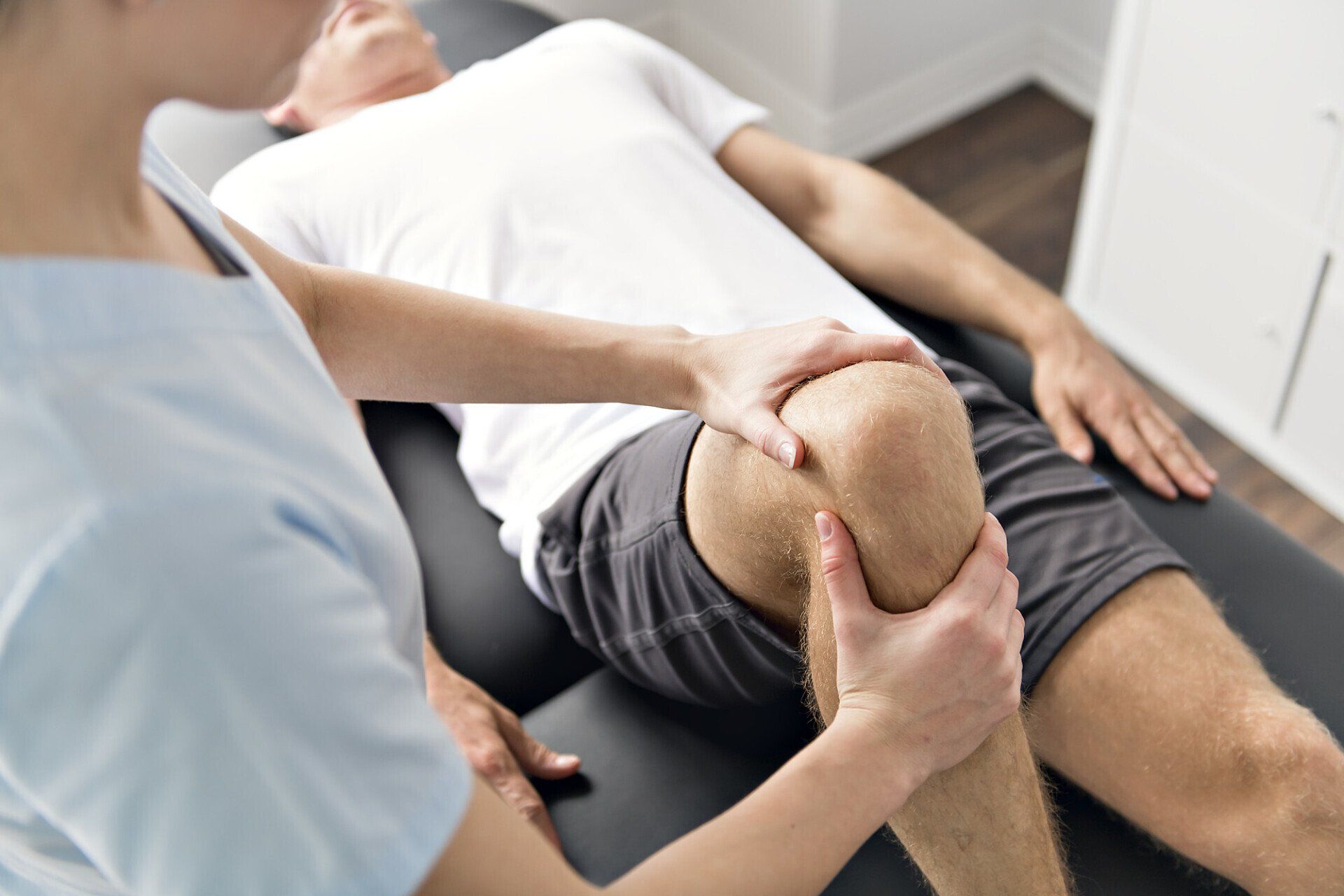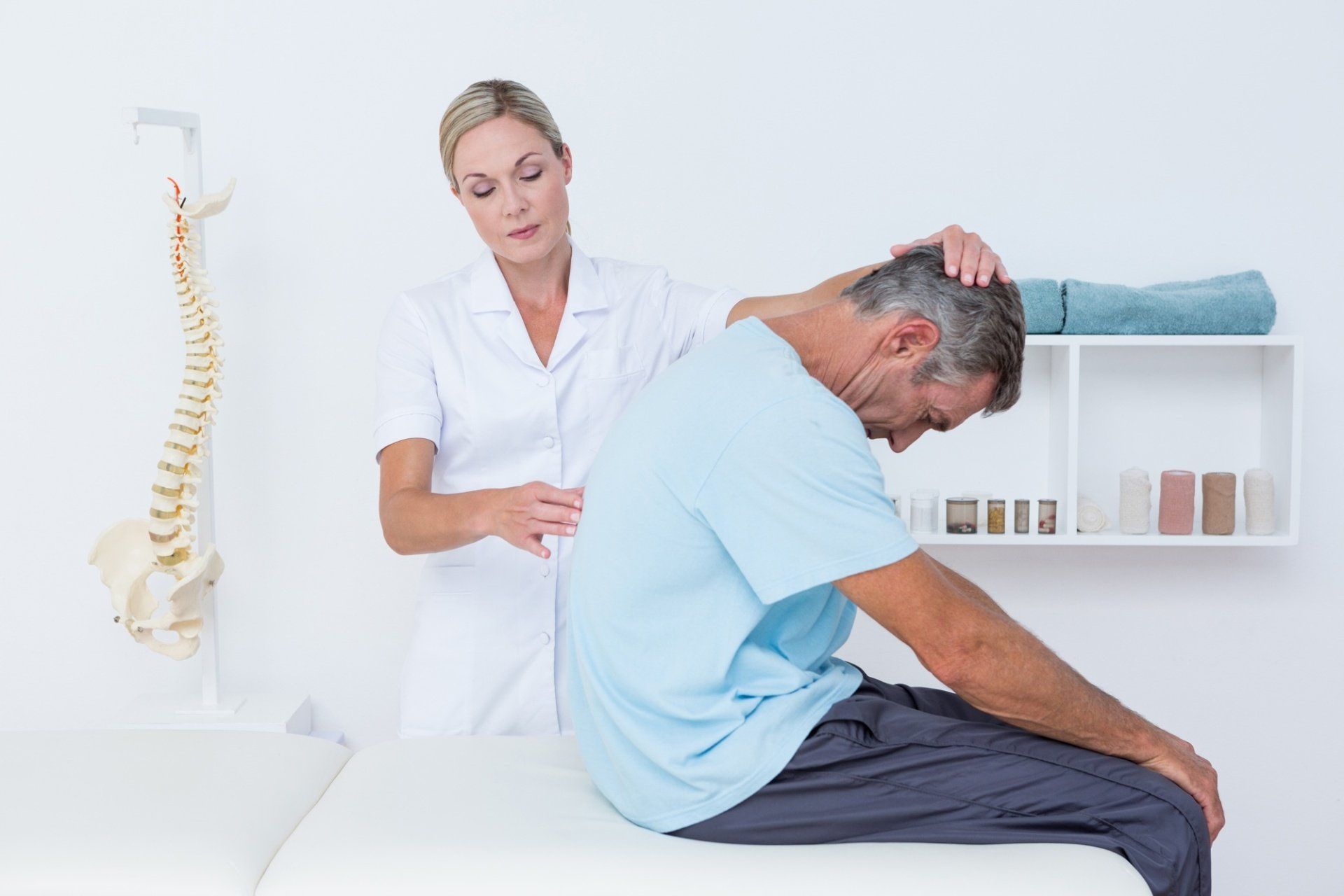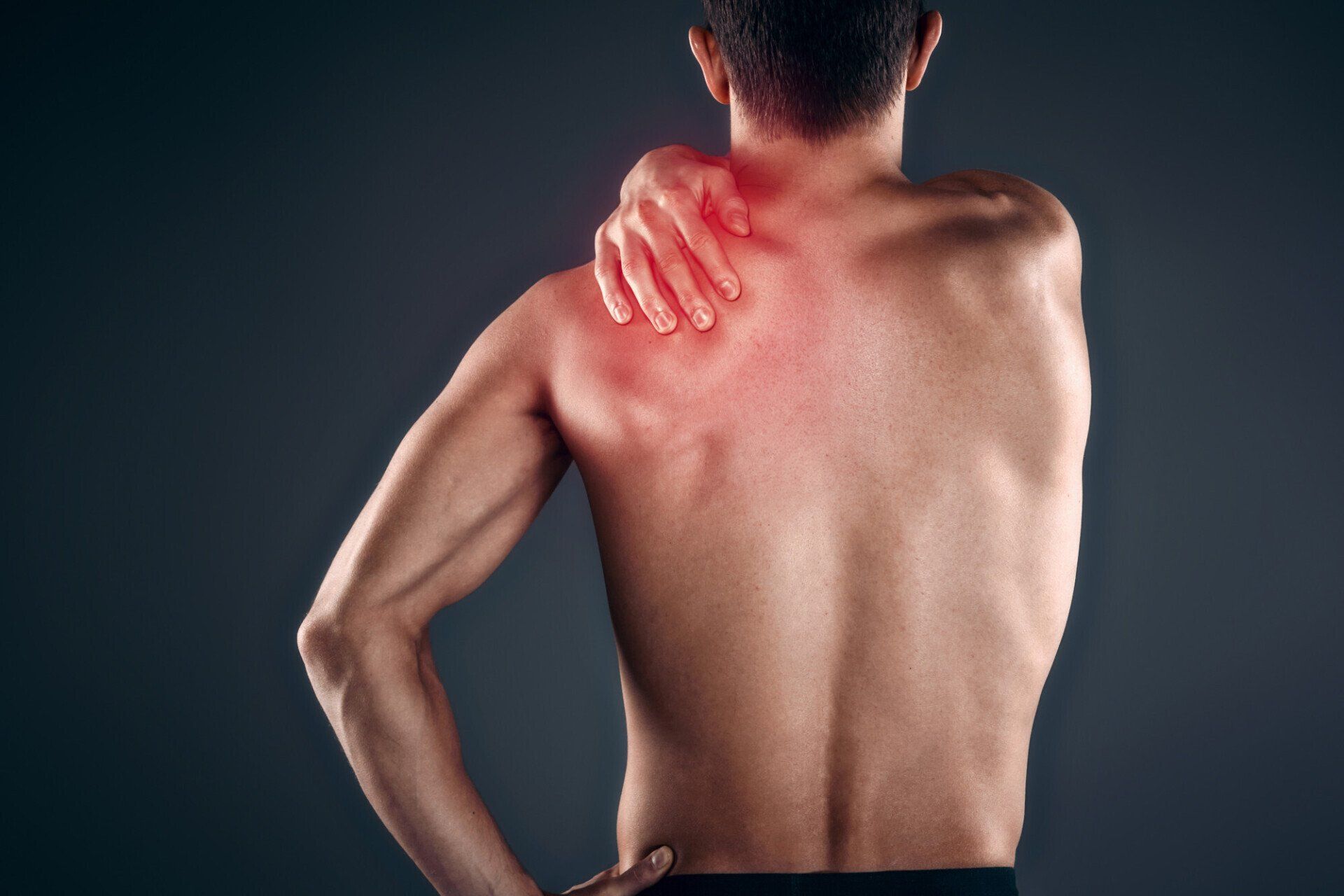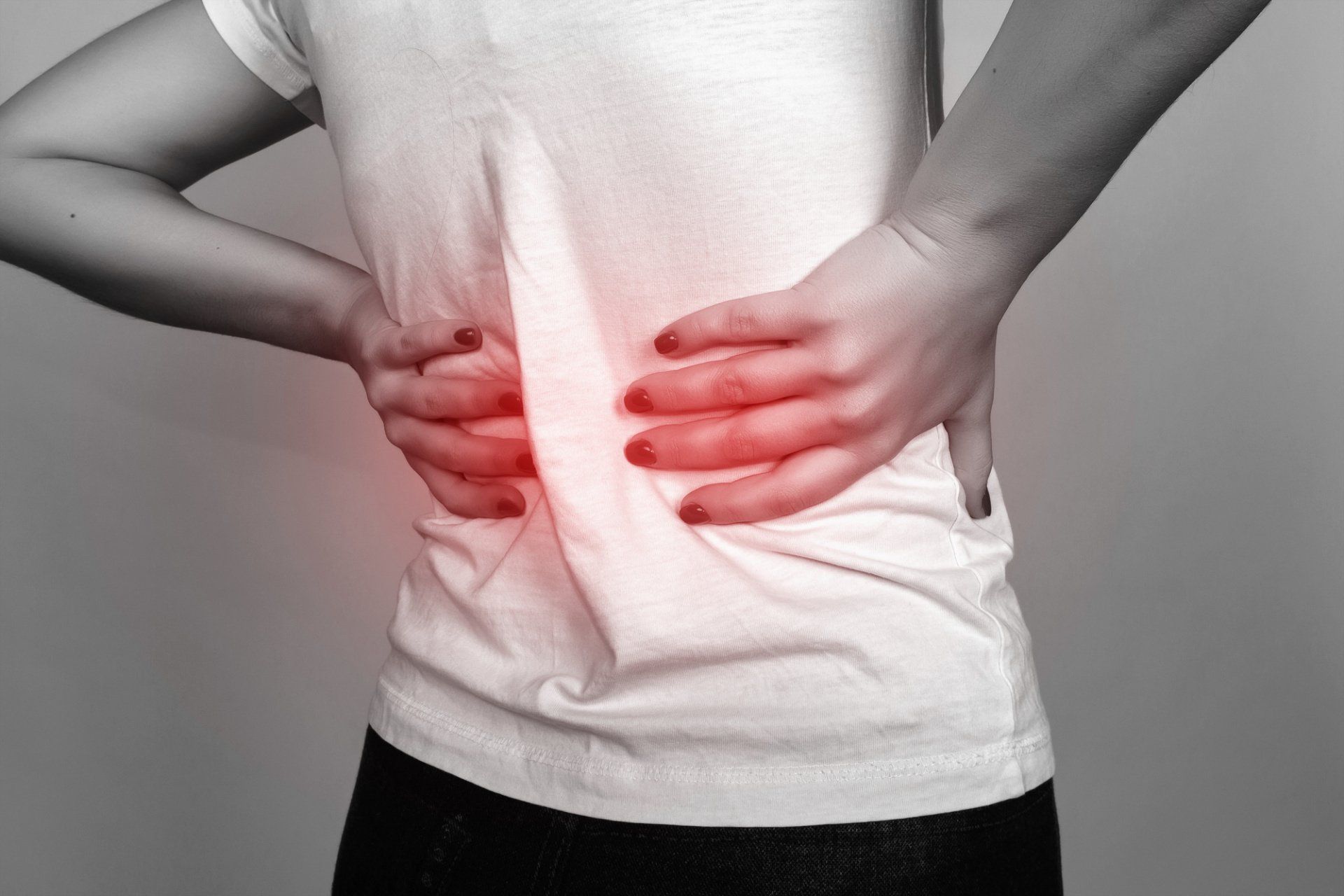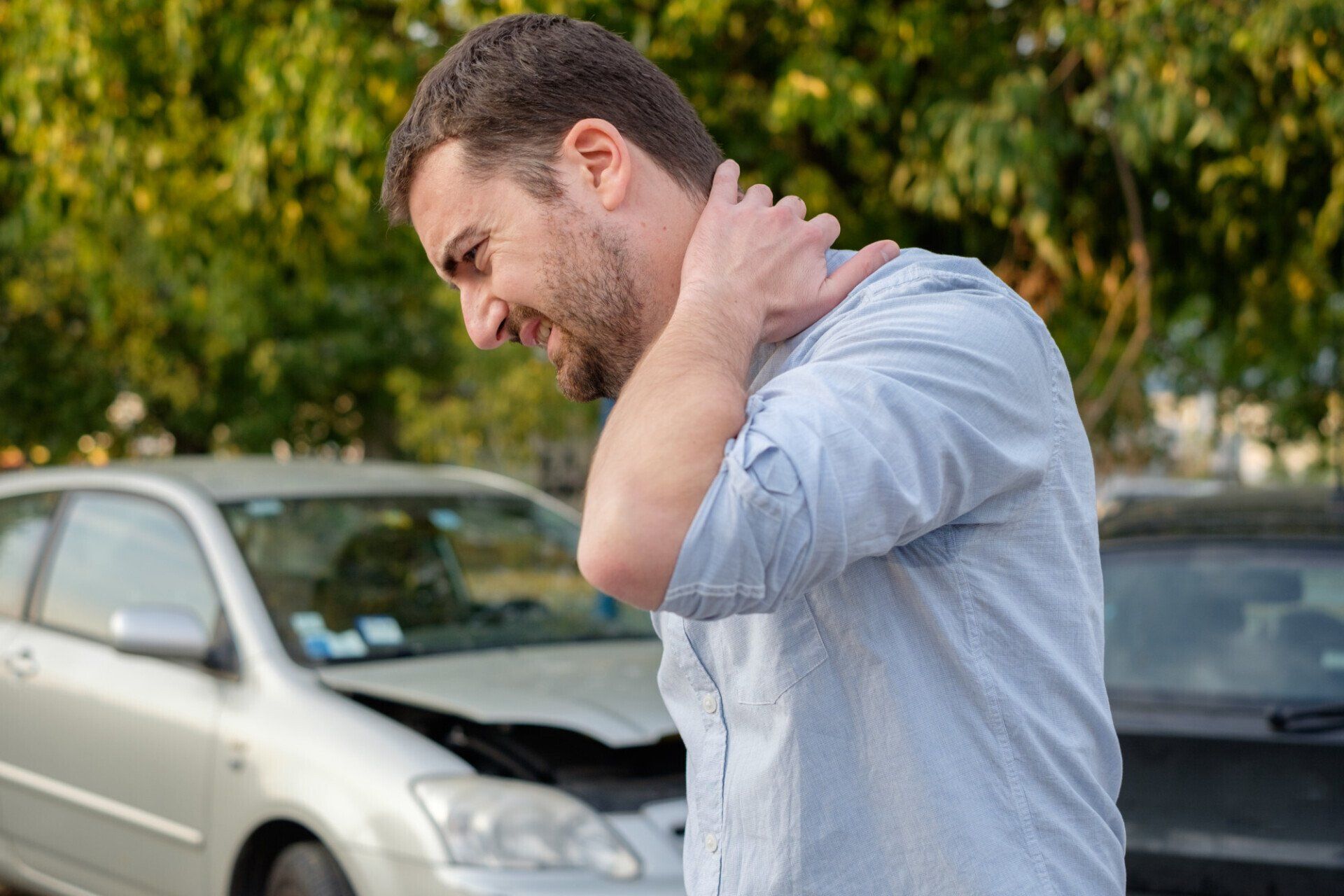Tendons, Ligaments And Their Common Injuries
September 26, 2019
There are thousands of tendons and ligaments throughout the body. While both tendons and ligaments are both made of connective tissue and both can be torn or overstretched, but they differ in function.
What Are Ligaments And Tendons?
- Ligaments help in stabilizing joints and attaching bones with other bones. For instance, the anterior cruciate ligament (ACL) stabilizes the knee joint and attaches the shinbone to the thighbone.
- Tendons are present at the end of every muscle and attach muscles to bones. These are present all over the body, from the feet to the head and neck. The largest tendon in the body is the Achilles tendon. It helps in attaching the heel bone to the calf muscle. The shoulder rotates forward and backward due to the help of the rotator cuff tendons.
How Do Ligaments and Tendons Work?
Ligaments can be considered as a rope which has a series of tough, intertwined cords used for binding bones. Ligaments also contain some elastic fibers which help the joint in movement. However, it doesn't allow the joint to move beyond capacity.
There are four ligaments in the knee joint, two ligaments run diagonally across the back and front of the kneecap and one ligament on each side of the knee. The knee is stabilized by these ligaments and it is restrained from moving too far in any direction.
Tendons can be considered as tough cords but they are a little more flexible than ligaments. When a muscle contracts, the attached tendon pulls the bone into movement. When you bend your elbow, your bicep is affected as well. When muscles spring into action, tendons absorb some of the impacts as well.
What injuries are commonly seen in ligaments?
When a ligament is torn or overstretched, it may result in a sprain. Many sprains can happen suddenly and simultaneously from a fall, blow, or an unfavorable movement.
Sprains usually happen in the wrist, ankle, or knee. For instance, a misstep can cause you to twist your ankle in an unfavorable way, this may lead to snap a ligament or cause your ankle to be wobbly or unstable. You may feel a tear or hear a pop when the injury takes place. A wrist often sprains when you use your hand to break a fall; this hyperextends the back. The hyperextension can overstretch the ligament.
Usually, the symptoms of a sprained ligament are swelling, severe pain, and bruising in the affected area. The joint may feel weak or loose and won't be able to bear any weight. The nature of your symptoms will be different if your ligament is torn or overextended.
Sprains can be mild which includes a slight stretching of the ligament or they might be severe which includes a complete tear of the ligament and this might make the joint unstable.
What injuries are commonly seen in tendons?
When a tendon is torn or over-stretches then it is called a strain. Strains usually take place in the foot, leg, or back. Strains often occur due to athletics or habitual movements. Athletes who overwork their bodies without resting for muscle repair are most vulnerable to strains. The usual symptoms of a sprain are swelling and pain. You may also experience weakness and muscle cramping.
The Takeaway
Tendons attach a muscle to a bone, while ligaments attach one bone to another, and both are essential to proper body mechanics. Recognizing ligament and tendon problems before they become major injuries is key to enjoying an active and pain-free life.
We specialize in finding and eliminating the root cause of your ailment, not just treating the symptom. Contact us
today to see how we can be a part of your health and wellness
journey.
Recent Articles

Now that you know the top tips for finding a great chiropractor in St Petersburg FL, it's time to book an appointment. Here at Unified Chiropractic, we want to help you live a pain-free life.
If you're local to the Northeast Saint Pete area, you're more than welcome to come in to meet us face-to-face. We'd love to discuss your healthcare goals with you!
Blogs and Articles

Now that you know the top tips for finding a great chiropractor in St Petersburg FL, it's time to book an appointment. Here at Unified Chiropractic, we want to help you live a pain-free life.
If you're local to the Northeast Saint Pete area, you're more than welcome to come in to meet us face-to-face. We'd love to discuss your healthcare goals with you!


